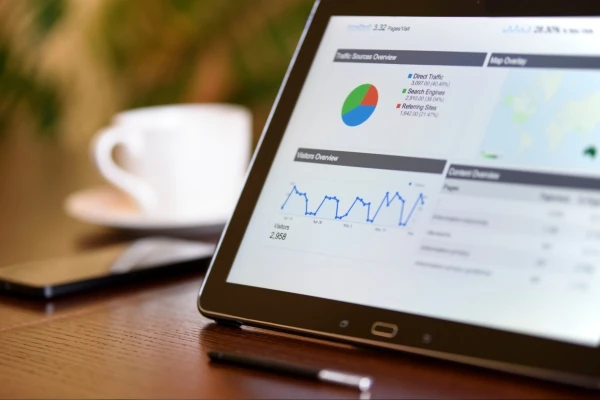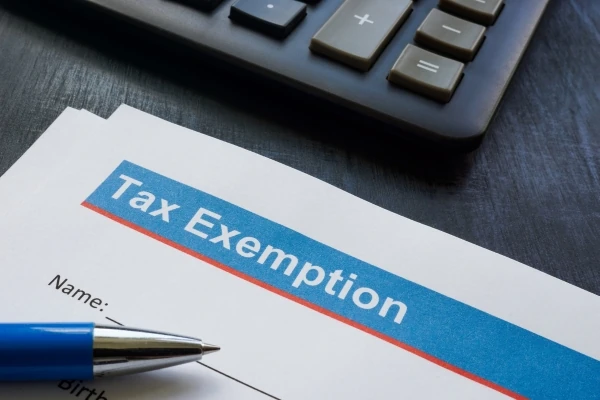Making Tax Digital and Your VAT Registered Business
Making Tax Digital (MTD) for VAT is the first phase of HMRC’s wider Making Tax Digital initiative a government plan to make tax administration more effective, efficient, and easier for taxpayers.
Since April 2019, most VAT-registered businesses with a taxable turnover above the VAT threshold have been legally required to comply with MTD rules. If you run a VAT-registered business, chances are you’re already included in the MTD regime or you soon will be if you voluntarily register for VAT.
This guide explains:
- Who MTD for VAT applies to
- What VAT records you need to keep
- Which software to use to stay compliant
- How to submit your VAT returns digitally and avoid penalties
Whether you’re new to VAT or just want to check you’re doing things right, this information will help you stay on track with HMRC’s digital rules.
What is MTD for VAT?
Making Tax Digital (MTD) for VAT is a UK government requirement that changes how VAT-registered businesses keep records and file their VAT returns.
Under MTD for VAT, businesses must:
- Keep digital records of their VAT transactions – no more handwritten ledgers or spreadsheets without proper digital links.
- Use MTD-compatible software to prepare and submit VAT returns directly to HMRC.
- Follow HMRC’s digital links rules, which means any transfers of VAT data between software or systems must be electronic – manual copying and pasting is not allowed.
The goal is to reduce mistakes, cut down on paper records, and make VAT submissions more accurate and efficient by removing the risks that come with manual entry.
Tip: If you’re still using spreadsheets, you must link them to MTD-compliant bridging software that connects directly with HMRC’s systems.
For the latest rules, see GOV.UK: Making Tax Digital for VAT.













